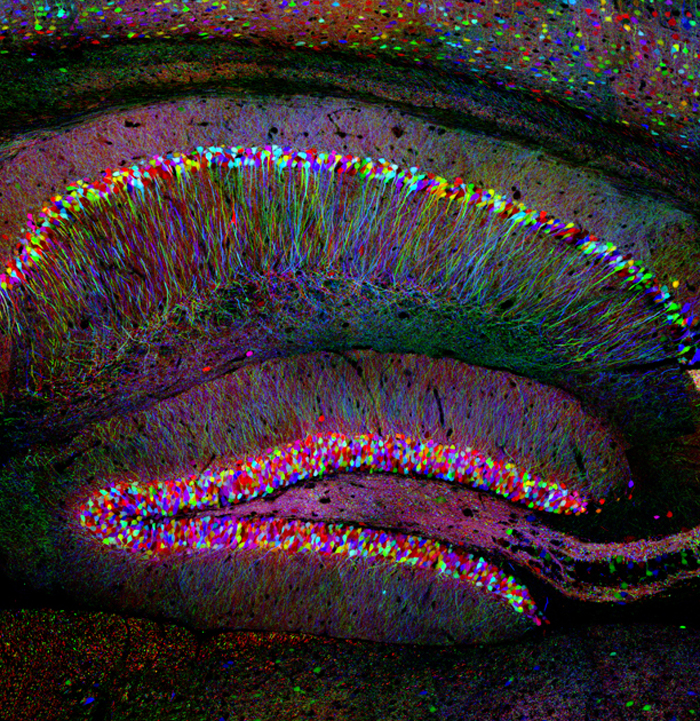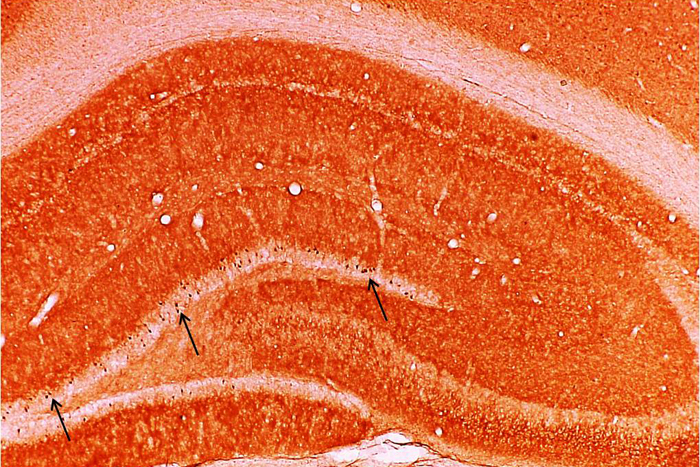Memory Making Linked to Gene and Protein, Research Shows

This Research in Action article was provided to Live Science in partnership with the National Science Foundation.
In his 1923 volume The Prisoner, French novelist Marcel Proust describes memory as a “…sort of chemical laboratory.” This apt definition was ahead of its time, as scientists were just learning about the brain’s anatomy. Nearly a century later, neuroscientists are beginning to discover the chemical and molecular pathways responsible for creating and recalling memories.
At Rutgers University, Timothy Otto and his colleagues are delving into the brain’s biochemical activities to determine the ways in which experiences activate genes within brain cells to form lasting memories. The researchers have discovered that the Arc gene and its protein product, also called Arc, play an essential role in the memory formation process. One of tens of thousands of proteins in the brain, Arc is found in the brain’s hippocampus region (the area involved in many forms of learning), and activates as memories form.
“We’ve shown that to form new memories the hippocampus must produce Arc and that blocking Arc production, blocks memory formation and recall,” explains Otto.

To zero in on Arc activity in the brains of rats, Otto and his team inject a substance that binds to the Arc gene and then fluoresces or lights up when it produces Arc protein. As the genes and proteins light up, they create a map of the cells involved in memory formation. “With the map we can see how a healthy brain works and the brain regions involved in making new and different types of memory,” says Otto.
Knowing how a healthy brain forms memories is an important step to understanding what goes wrong in a range of memory disorders including Alzheimer’s disease and stroke. Considering the public health aspects of his work, Otto notes that “figuring out how to fix these disorders is crucial since the number of brain-related disorders will likely skyrocket as the population increasingly ages.”
Editor's Note: Any opinions, findings, and conclusions or recommendations expressed in this material are those of the author and do not necessarily reflect the views of the National Science Foundation. See the Research in Action archive.
Sign up for the Live Science daily newsletter now
Get the world’s most fascinating discoveries delivered straight to your inbox.











